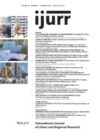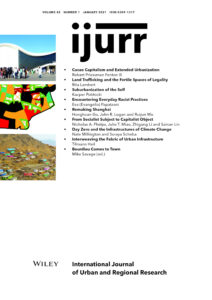This study of Shanghai analyzes the city’s emerging patterns of residential settlement in 2010. Most previous research on China focused on central city patterns, but by 2010 urban development in major metropolitan areas was taking place predominantly in the suburbs. The analysis re‐examines and extends previous studies of the level of segregation by various key population characteristics, showing that the highest segregation is found in the suburban ring, where original villager residents are now joined by an influx of migrants from other regions and by intracity movers. We probe the sources of the segregation pattern in multivariate analyses at two scales—an innovative analysis at the level of individuals that shows how people’s citizenship status, occupation and education affect the type of housing that they are able to live in, and jointly contribute to their location in the metropolitan area. We show that the patterns attributable to the market reform period mostly did not supplant the socialist urban structure, but rather used it as its foundation. Segregation today can be attributed less to current class inequality than to state policies in the distant and recent past that have determined when, where and for whom housing is built.
Details
Written by:
Honghuan Gu, John R. Logan & Ruijun Wu
Digital Object Identifier (DOI)
10.1111/1468-2427.12980
About DOI

